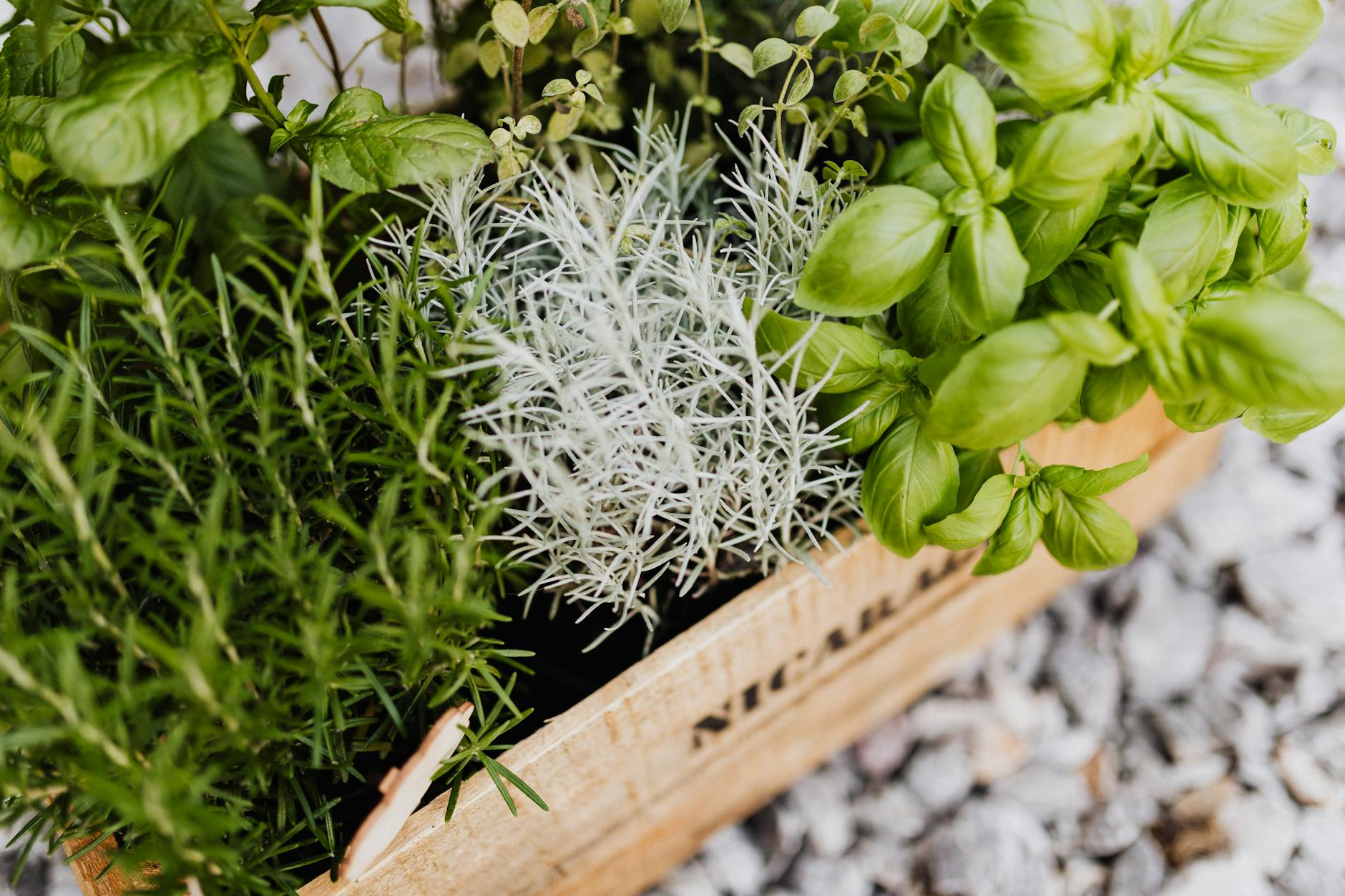Hidden behind twisted gates and tangled vines lies the witch’s garden—a place of both beauty and danger. This is no ordinary garden; it is a sanctuary of powerful herbs, enchanted flowers, and whispering leaves, each plant chosen not just for its fragrance or colour, but for its magic, mystery, and sometimes, its poison.
For centuries, cunning folk, healers, and witches have cultivated secret gardens filled with plants that heal, hex, and enchant. Some are sacred, some are feared, and some are said to be deadly to those who do not know their secrets. Let us step beyond the garden gate and uncover the folklore of poisonous and magical plants.
The Belladonna: Deadly Nightshade
Atropa belladonna, or Deadly Nightshade, is one of the most infamous plants in witchcraft and history. Its berries, dark and alluring, hold a deadly secret—just a few can bring a swift and silent death.
- Folklore: Used by medieval witches to create flying ointments, it was believed that belladonna could transport the soul beyond the body.
- Superstition: In some traditions, planting belladonna at the threshold of a home was thought to ward off evil spirits—but to touch it without knowledge was to invite misfortune.
The Mandrake: The Screaming Root
Few plants are as steeped in myth as the mandrake. With a root shaped like a tiny human, this eerie plant was said to shriek when pulled from the earth, cursing those who heard its cry.
- Folklore: Used in spells of protection, love, and even to summon spirits, the mandrake was a prized possession of witches and alchemists.
- Superstition: The only safe way to harvest a mandrake, according to legend, was to tie a dog to its stem and let the animal pull it free—sacrificing itself so the human would not hear its deadly scream.
The Datura: Moonflower of Visions
Datura, also known as Devil’s Trumpet, blooms only at night, its white flowers unfurling beneath the moon. But beware—this plant is a dangerous beauty.
- Folklore: Used in shamanic rituals and dream magic, Datura was said to induce visions, open the spirit to unseen worlds, and bring prophetic dreams.
- Superstition: Some say that to inhale its scent too deeply is to invite a journey you may not return from.
The Foxglove: Fairy Fingers and the Witch’s Glove
Tall, elegant, and swaying in the breeze, foxglove is a favourite of both witches and fairies. But beware—every part of this plant is laced with deadly potency.
- Folklore: Known as “Fairy Fingers”, foxglove was said to mark the paths of the fae, and to disturb it was to risk their wrath.
- Superstition: Some believed that foxglove could protect against witchcraft and bad luck, while others warned that bringing it indoors invited death.
The Henbane: The Witch’s Dream Herb
Henbane is a plant of prophecy, visions, and madness. Used in ancient rituals, it was said to open the mind to messages from the beyond.
- Folklore: The fumes of burning henbane were used by the Oracles of Delphi to induce trances and divine the future.
- Superstition: It was believed that sleeping with henbane under one’s pillow would bring vivid dreams—but also nightmares if the plant was displeased.
Crafting Your Own Witch’s Garden
A true witch’s garden is more than just plants—it is a living spell, a space where nature’s power is harnessed and honoured. If you wish to create your own enchanted garden, start with:
- A Sacred Plant – Choose a plant that speaks to you, whether for healing, protection, or divination.
- A Protective Charm – Keep a talisman among the leaves to guard against unwanted spirits.
- Moonlit Offerings – Water your plants beneath the moon, whispering your intentions as you do.
The Magic Beneath the Leaves
A witch’s garden is a place where magic grows—sometimes in blossoms, sometimes in shadows, always in secrets. Whether you seek healing, knowledge, or a glimpse into the unknown, the plants of folklore hold their own kind of spell, waiting for those who dare to listen.
So next time you pass a flower that seems to watch you, a vine that twists toward your touch, or a scent that lingers too long in the air, ask yourself—is this garden just a garden, or is it something more?


Leave a Reply